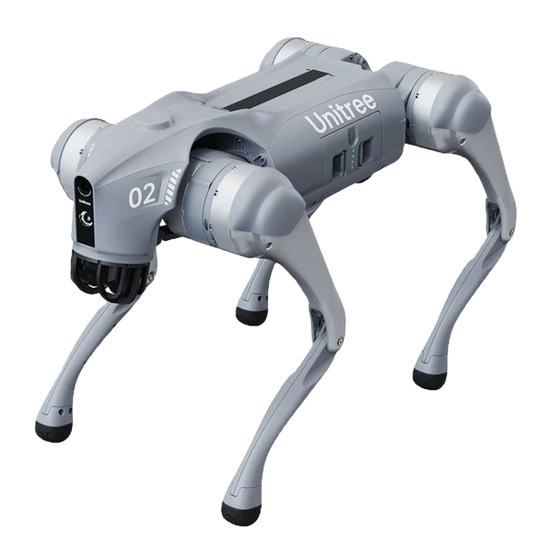AI-Driven Object Detection
The ability of AI systems to identify and classify objects within an environment using computer vision.
Artificial intelligence (AI) and machine learning, one of the foundational capabilities is object detection, a crucial component of computer vision technologies. AI-Driven Object Detection signifies a significant step forward in how machines perceive and interact with their surroundings. Understanding concepts like this illuminates the transformative potential of AI in various industries—from autonomous vehicles to healthcare—making it crucial for both budding technologists and seasoned experts to grasp this terminology.
What is AI-Driven Object Detection?
AI-Driven Object Detection refers to the capability of AI systems to identify and classify objects within an environment using computer vision. At its core, this technology enables machines to "see" by processing visual information from digital images or video feeds. These systems leverage neural networks and advanced algorithms to analyze visual data, distinguishing between different objects such as people, vehicles, animals, and various items. The ability to do so with remarkable accuracy and speed is what makes AI-Driven Object Detection a game-changer in multiple fields.
Key Concepts:
Computer Vision: The interdisciplinary field that enables machines to interpret and process visual information from the world.
Neural Networks: A series of algorithms that mimic the human brain's operations to recognize patterns and classify data.
Training Data: A large set of labeled images used to teach AI models to identify and classify objects accurately.
Real-time Processing: The capability of detecting objects instantly as they appear in live video feeds, which is crucial for applications like autonomous driving.
Applications and Relevance: AI-Driven Object Detection has a wide range of practical uses, including:
Autonomous Vehicles: Enhances safety by enabling cars to identify pedestrians, traffic signs, and other vehicles in real-time.
Surveillance Systems: Improves security by recognizing suspicious behavior or identifying individuals within surveillance footage.
Retail Analytics: Analyzes customer behavior by detecting how often certain products are picked up or returned.
Medical Imaging: Assists in identifying anomalies in X-rays, MRIs, and CT scans, aiding in quicker diagnosis.
Challenges and Considerations: While AI-Driven Object Detection holds great potential, several challenges remain:
Data Privacy: Concerns regarding the collection and usage of visual data, particularly in surveillance applications.
Bias in Training Data: If the training data is not diverse, it may lead to biased detection results, misclassifying objects in specific contexts.
Environmental Variability: Changes in lighting, weather, or occlusion can affect detection accuracy, making real-world application complex.
Computation Power: High-performance hardware is often required for real-time object detection, which can be a barrier for widespread adoption.
Future Trends and Innovations: Emerging practices and trends in AI-Driven Object Detection include:
Edge Computing: Processing data closer to the source to enhance response times and reduce bandwidth usage, especially for IoT devices.
Improved Algorithms: Continued advancements in deep learning techniques that improve object detection accuracy, even in challenging conditions.
Augmented Reality (AR) Integration: Combining object detection with AR applications to enhance interactions with the physical world.
Explainable AI: Developing models that provide transparency in their decisions, helping users to understand how and why certain objects are detected.
AI-Driven Object Detection stands at the forefront of technological advancements, shaping how we utilize AI in everyday life and in various industries. By enabling machines to perceive their environments more accurately, this capability is not just a technical achievement—it's a means of enhancing safety, efficiency, and user experience across multiple spheres. As we continue to innovate and address the challenges associated with it, the impact of AI-Driven Object Detection will undoubtedly grow, driving further exploration and application in the field of AI and beyond.














